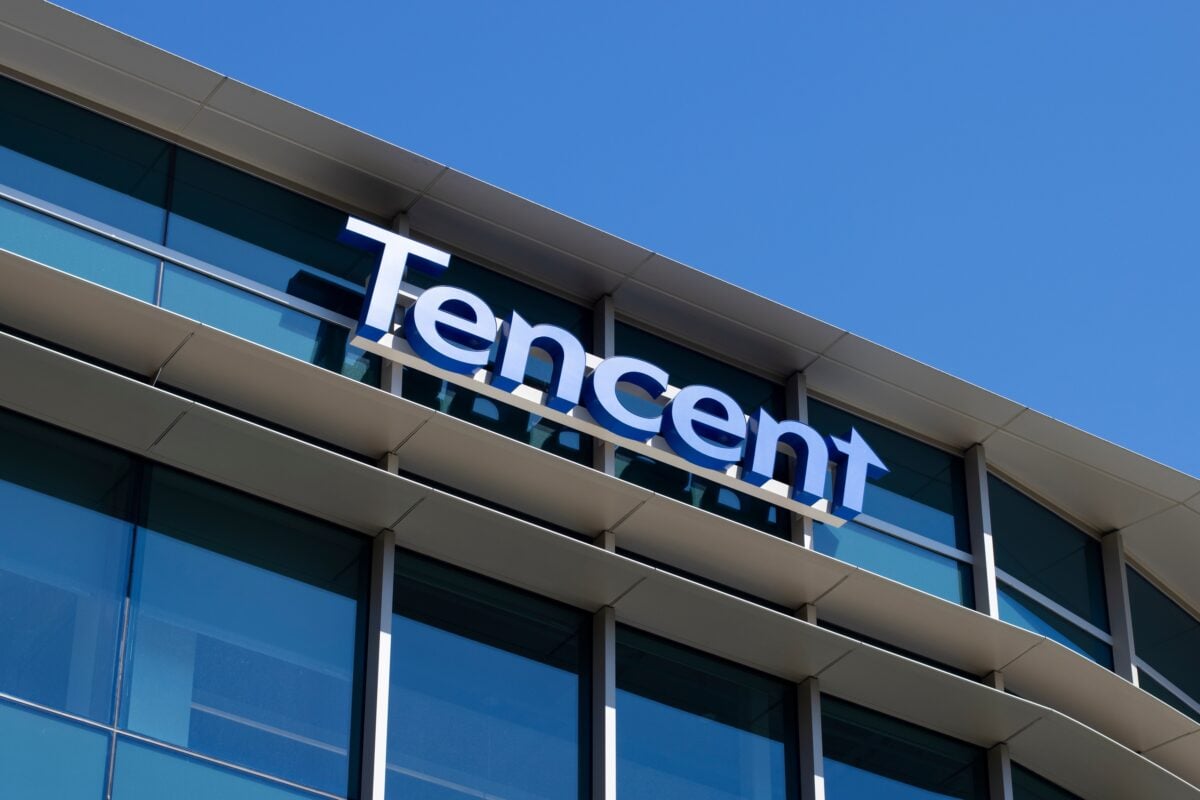Applied Materials (AMAT) Stock: China Export Restrictions Push Shares Lower Despite Earnings Beat
TLDR
- Applied Materials stock declined over 4% Friday after projecting lower China chipmaking equipment sales in 2026
- Export restrictions prevented $110 million in Q4 shipments before temporary suspension following Trump-Xi summit
- Company expects $600 million fiscal 2026 revenue impact from expanded U.S. chip equipment export controls
- Q4 earnings of $2.17 per share on $6.8 billion revenue surpassed analyst expectations
- AI investment surge projected to lift semiconductor equipment demand in late 2026
Applied Materials stock tumbled more than 4% in premarket trading Friday after the semiconductor equipment manufacturer issued a cautious outlook for China sales. The drop occurred despite quarterly results that exceeded analyst forecasts.
Applied Materials, Inc., AMAT
The company warned that chipmaking equipment spending in China will weaken next year. U.S. export restrictions targeting advanced semiconductor technology are driving the expected decline.
Export controls blocked approximately $110 million in product shipments during the fiscal fourth quarter. These restrictions were temporarily lifted after Presidents Trump and Xi met face-to-face last month.
Applied Materials projects a $600 million revenue hit in fiscal 2026 from broader U.S. export limitations on cutting-edge chip manufacturing equipment sent to China. The financial impact represents a substantial headwind for the company’s growth plans.
Strong Quarter Overshadowed
The semiconductor equipment maker delivered fourth-quarter results that beat Wall Street estimates. Adjusted earnings reached $2.17 per share on revenue of $6.8 billion.
Analysts had forecast earnings of $2.11 per share and revenue of $6.68 billion. The outperformance demonstrates continued strength in non-China markets.
AI Spending Offers Hope
Applied Materials sees growing artificial intelligence investment as a potential offset to China weakness. The company expects increased AI-related business spending to boost semiconductor equipment sales during the second half of 2026.
Current-quarter guidance also topped expectations. Applied Materials projects adjusted earnings of $2.18 per share on revenue of $6.85 billion at the midpoint.
Wall Street consensus called for earnings of $2.15 per share and revenue of $6.80 billion. The forecast indicates resilient demand from key customers.
Stifel analysts offered perspective on the China situation. They highlighted that Applied Materials was first among semiconductor equipment providers to identify and experience the China slowdown.
The analysts remain optimistic about stabilization. They pointed to the reversal of previous restrictions as a reason quarterly China sales could recover faster than anticipated.
Applied Materials stock has gained approximately 36% year-to-date despite Friday’s premarket weakness. The performance reflects investor confidence in the company’s long-term position.
The semiconductor equipment sector plays a critical role in chip manufacturing. Applied Materials provides specialized tools required for production processes.
China has represented an important market for U.S. chip equipment suppliers. Ongoing geopolitical tensions continue creating business uncertainty.
The $600 million projected revenue impact underscores the scale of China-related challenges. However, robust AI-driven demand may help compensate for some losses.
Applied Materials beat fourth-quarter earnings expectations with $2.17 per share versus estimates of $2.11 per share on revenue of $6.8 billion.
The post Applied Materials (AMAT) Stock: China Export Restrictions Push Shares Lower Despite Earnings Beat appeared first on Blockonomi.
You May Also Like

According to Market Analysts This $0.012 AI Token Could Be the Best Investment of the Decade — Ozak AI’s 41,000% Potential Outshines Ethereum’s Early Growth

Crypto On Alert: Raoul Pal Hints At Macro Twist Post-US Govt Shutdown
